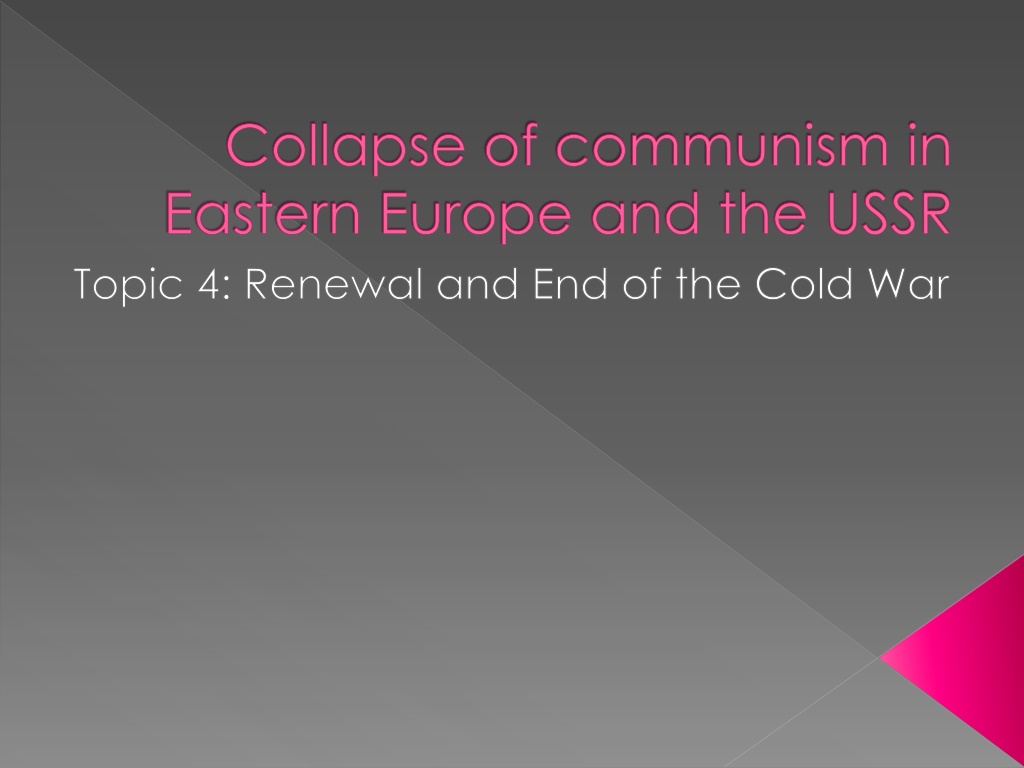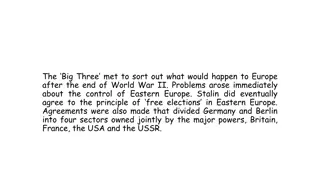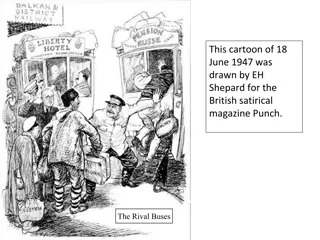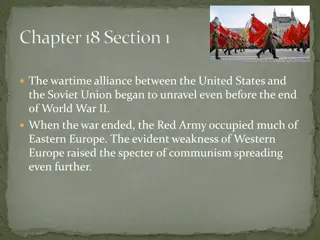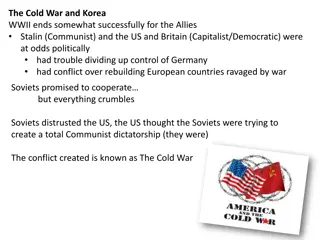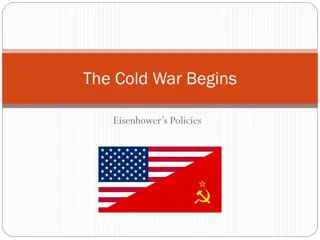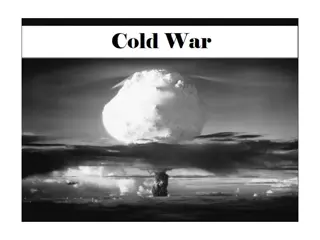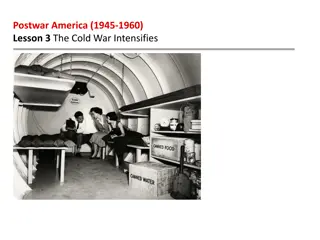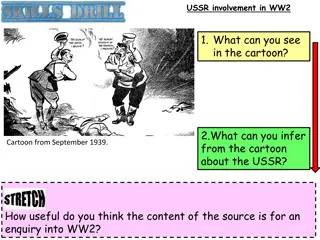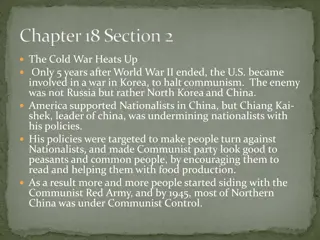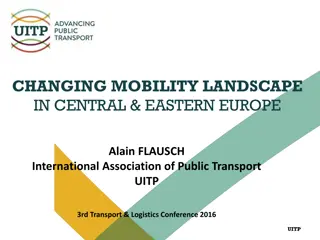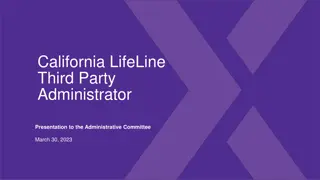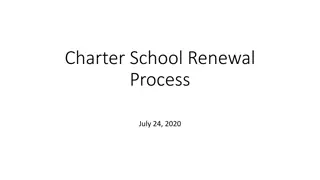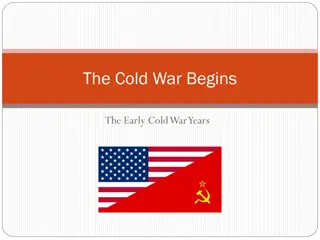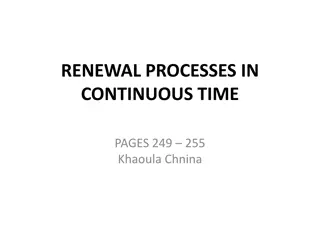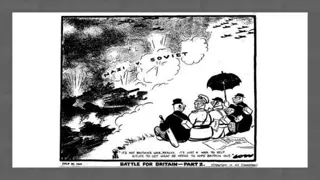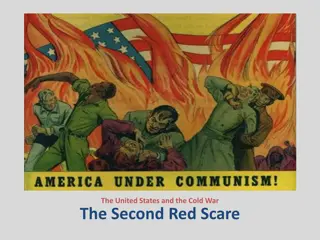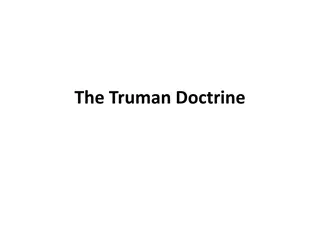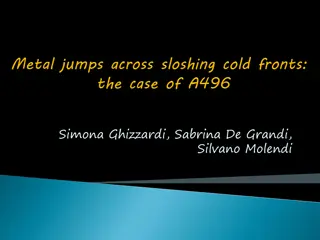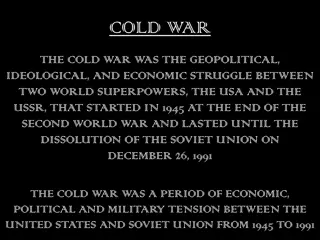Fall of Communism in Eastern Europe and the USSR: Renewal and End of the Cold War
The dissolution of the Soviet Union in December 1991 marked the end of an era, with the Revolution of 1989 seeing Soviet states revolt, culminating in the fall of the Berlin Wall symbolizing the collapse of Communism. Gorbachev's resignation on December 25th, 1991, swiftly followed by the dissolution of the USSR the next day, solidified the end of the Cold War and the shift in power dynamics.
Download Presentation

Please find below an Image/Link to download the presentation.
The content on the website is provided AS IS for your information and personal use only. It may not be sold, licensed, or shared on other websites without obtaining consent from the author. Download presentation by click this link. If you encounter any issues during the download, it is possible that the publisher has removed the file from their server.
E N D
Presentation Transcript
Collapse of communism in Eastern Europe and the USSR Topic 4: Renewal and End of the Cold War
The Union of the Soviet Socialist Republics (USSR) officially dissolved on 26thDecember 1991
The Revolution of 1989 The easing of Russian control over the Soviet states saw different Soviet states revolt against the USSR Poland, Hungary, East Germany, Czechoslovakia and Romania all revolted
The Fall of the Berlin Wall 9 November 1989 Symbolic fall of Communism Occurred after months of peaceful protests
Gorbachev resigned on the 25th December 1991, the Soviet Union was dissolved the next day
